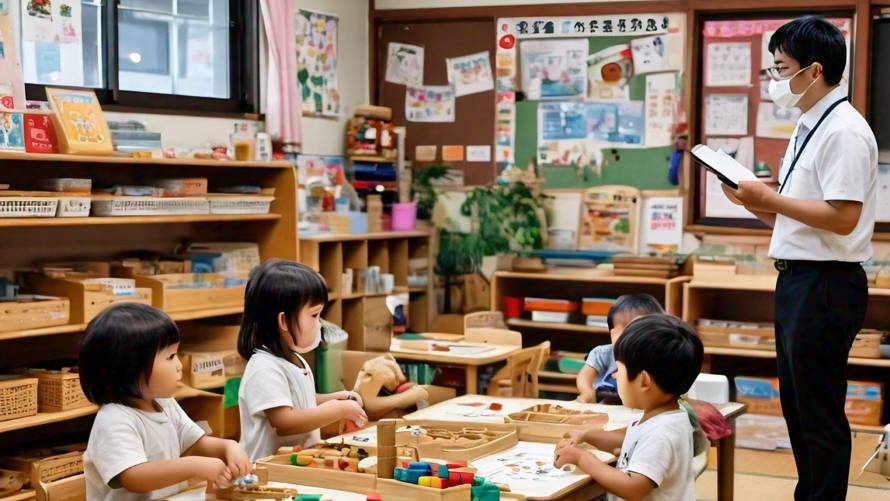The mindset of Japanese early childhood educators, known as the mimamoru approach, has its roots in a premodern concept of nature, according to Professor Yosuke Hirota at Osaka Metropolitan University’s Graduate School of Literature and Human Sciences. The mimamoru approach involves educators watching over and waiting on preschoolers, allowing them to learn and develop at their own pace.
Influence of Sozo Kurahashi and Kitaro Nishida on Modern Education
Professor Hirota investigated the works of Sozo Kurahashi (1882-1955) and Kitaro Nishida (1870-1945) to understand how the traditional concept of nature has influenced modern education in Japan. Kurahashi’s writings on education have had a significant impact on early childhood education and care in the country, while Nishida was a prominent philosopher during Kurahashi’s time.
Balancing Voluntary Action and Entrusting Oneself to Something Beyond
The study found that the traditional Japanese concept of nature had two meanings: voluntary, “from the self,” and spontaneous, “beyond the self.” This concept has been carried over into modern education in Japan. “Japanese educational philosophy has maintained a balance between acting by one’s will and entrusting oneself to something beyond its will,” Professor Hirota explained.
Kurahashi’s Theory of Guidance Rooted in Traditional Concept of Nature
Kurahashi developed a theory of guidance (yūdō), which is likened to guiding the course of a river as it continues its inevitable flow. Professor Hirota’s paper, published in History of Education, reveals that this theory of guidance has its roots in Japan’s traditional concept of nature.
The findings of this study provide insight into the origins of the mimamoru approach and how it has been influenced by the traditional Japanese concept of nature. This understanding can help educators and researchers better appreciate the unique aspects of early childhood education and care in Japan.

